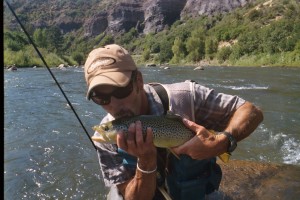Behind The Fin: Barbara Luneau
- Name: Barbara Luneau
- Conservation Chair for St Vrain Anglers Chapter
- TU Member for 8 years
- Works as a Petroleum Geologist
- Best Quote from Barbara: “Some of my favorite stories don't involve trout, the story that stands out in my mind right now is the 9lb bonefish that I landed this past spring in South Andros Island, Bahamas. A clean, long distance cast onto a white sand flat in front of an easily spooked dark shadow that jumped on the fly and immediately took the line into the backing...magic when it all comes together.”
How long have you been a TU member?
I've been a TU member for about 10 years and I've been an active member of our chapter's board for the past 8 years.
Why did you become a member and what chapter are you involved with?
When I started to get serious about fly fishing, I purchased a Winston rod that included a certificate for a complimentary 1-year membership. I sent in the form and started attending chapter meetings and volunteer events. My chapter is St. Vrain Anglers, representing communities within the St. Vrain Creek drainage, Longmont, Lyons, Riverside, Raymond, Erie, Frederick, Dacono, Berthoud.
What made you want to become more involved with TU?
I became involved with TU at a time when I was looking to become more engaged in my community.
What is your favorite activity or project that you have done with TU?
My favorite part of our chapter's activities is helping kids learn to tie flies in our Kids Learn to Fly Fish program.
What is a favorite fishing spot and favorite fishing story?
My favorite spot changes with the season; it is the location where it all comes together: perfect flow, perfect temperature, lots of bugs, feeding fish, and the perfect drift. Some of my favorite stories don't involve trout, the story that stands out in my mind right now is the 9lb bonefish that I landed this past spring in South Andros Island, Bahamas. A clean, long distance cast onto a white sand flat in front of an easily spooked dark shadow that jumped on the fly and immediately took the line into the backing...magic when it all comes together.
To you, what is the best tactic or fly for catching trout?
The best tactic is the one that works on any given day. Most often that's a reach or J-cast using my husband's APD (All Purpose Dry) design, a CDC dry fly that imitates midges, baetis, or even small caddis.
Beyond being an awesome angler, what else do you do in your spare time or for work?
If we're not out fishing on a weekend, we're cooking and entertaining friends and family. For the past 30 years, I've worked in the energy industry as petroleum geologist.

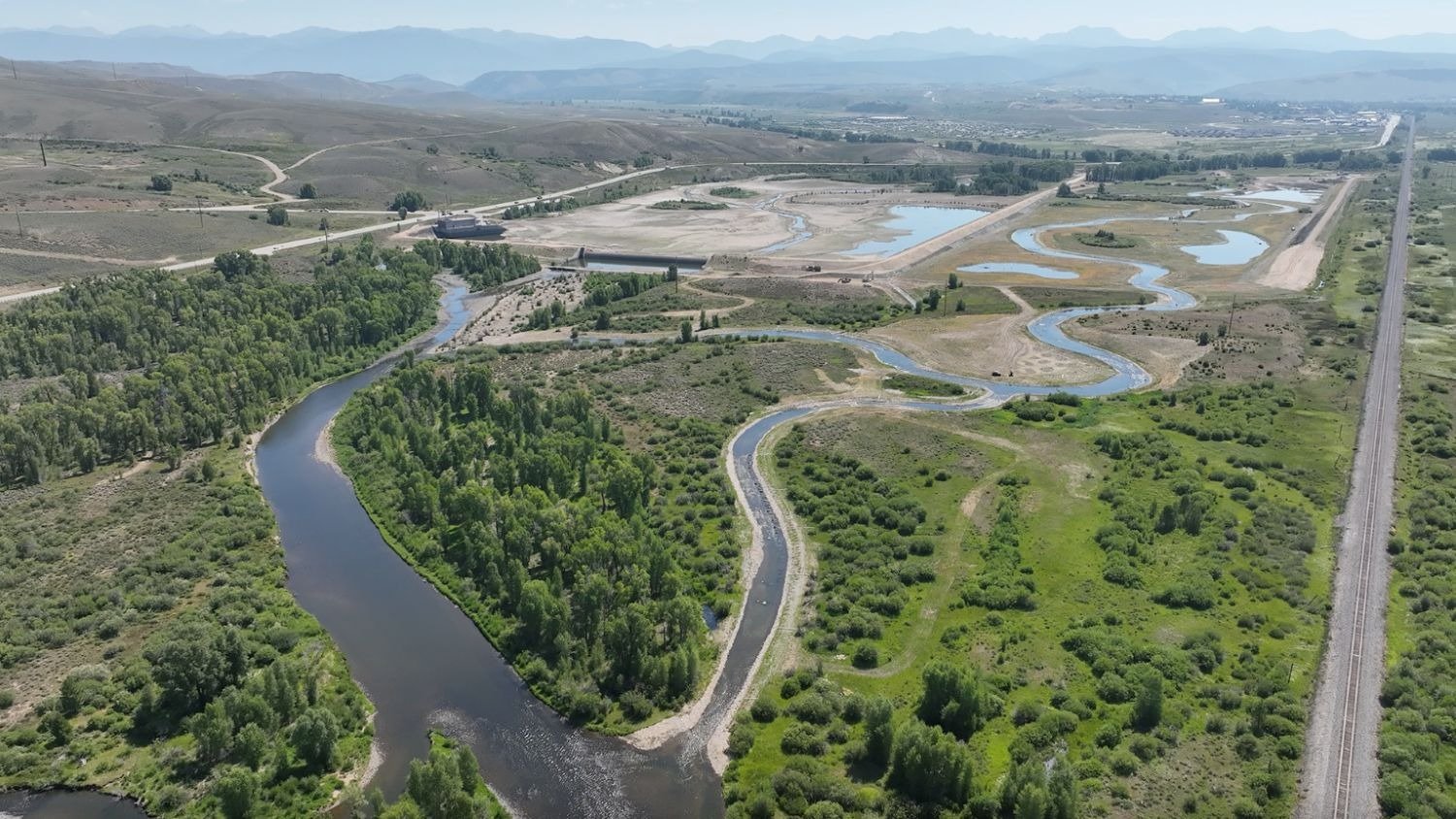








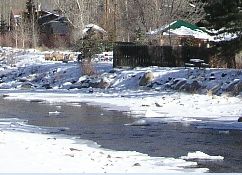

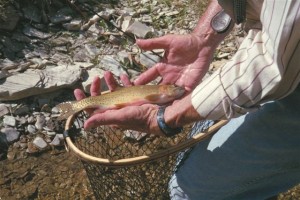
 Mining Law.
Mining Law. notable spill, the same tragedies are happening throughout the west. The Uncompahgre River near Ouray is lifeless until the metals fall into the depths of Ridgeway Reservoir. The upper Animas River suffers mine waste that steadily drains into the river at a volume equal that of the Gold King Mine spill once a week.
notable spill, the same tragedies are happening throughout the west. The Uncompahgre River near Ouray is lifeless until the metals fall into the depths of Ridgeway Reservoir. The upper Animas River suffers mine waste that steadily drains into the river at a volume equal that of the Gold King Mine spill once a week.
 - Beyond being an awesome angler, what else do you do in your spare time or for work?
I’m semi-retired, still working a couple of days per week as an allergy and asthma doctor in a practice I’ve been devoted to for over 25 years. I love to hunt elk, deer, and pheasant. I also play drums with a weekly jazz group, cycle regularly, and still cut my lawn and own several chainsaws to keep in shape.
- Beyond being an awesome angler, what else do you do in your spare time or for work?
I’m semi-retired, still working a couple of days per week as an allergy and asthma doctor in a practice I’ve been devoted to for over 25 years. I love to hunt elk, deer, and pheasant. I also play drums with a weekly jazz group, cycle regularly, and still cut my lawn and own several chainsaws to keep in shape. This is great news for those along the Colorado River basin that are depending on a wet winter to bring life back to their crops, reduce drought conditions, and replenish
their reservoirs.
This is great news for those along the Colorado River basin that are depending on a wet winter to bring life back to their crops, reduce drought conditions, and replenish
their reservoirs.


